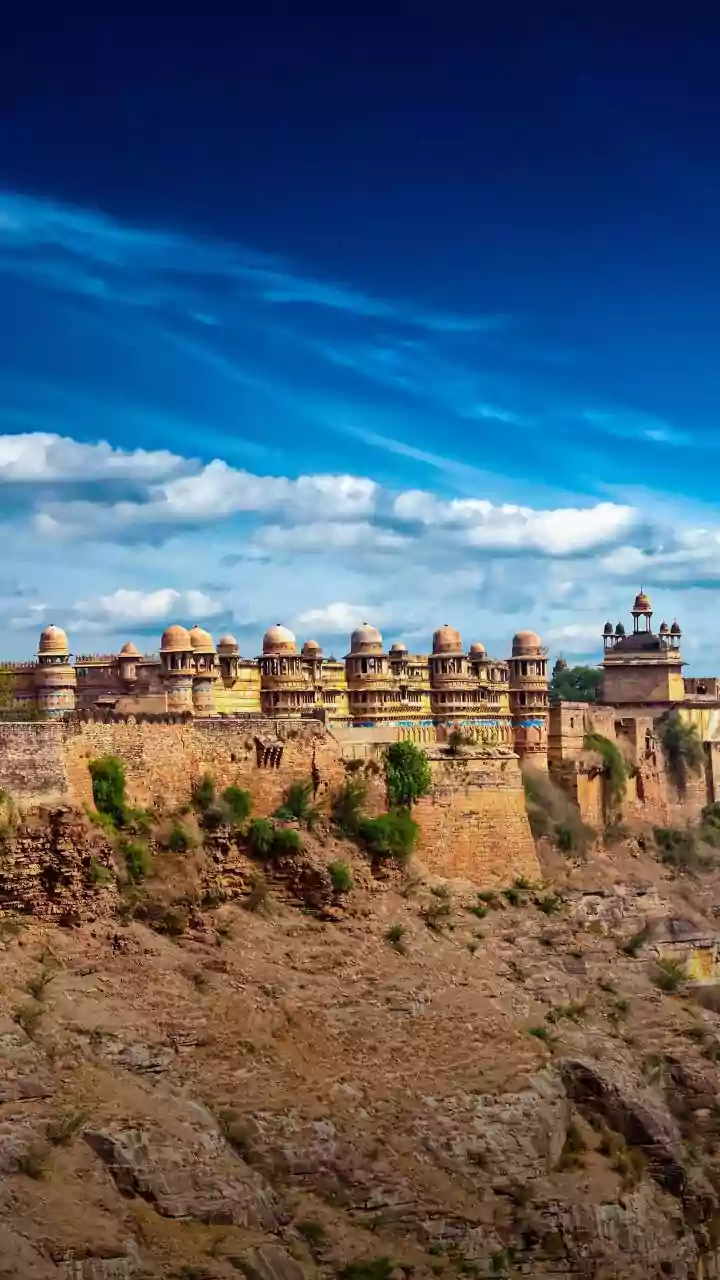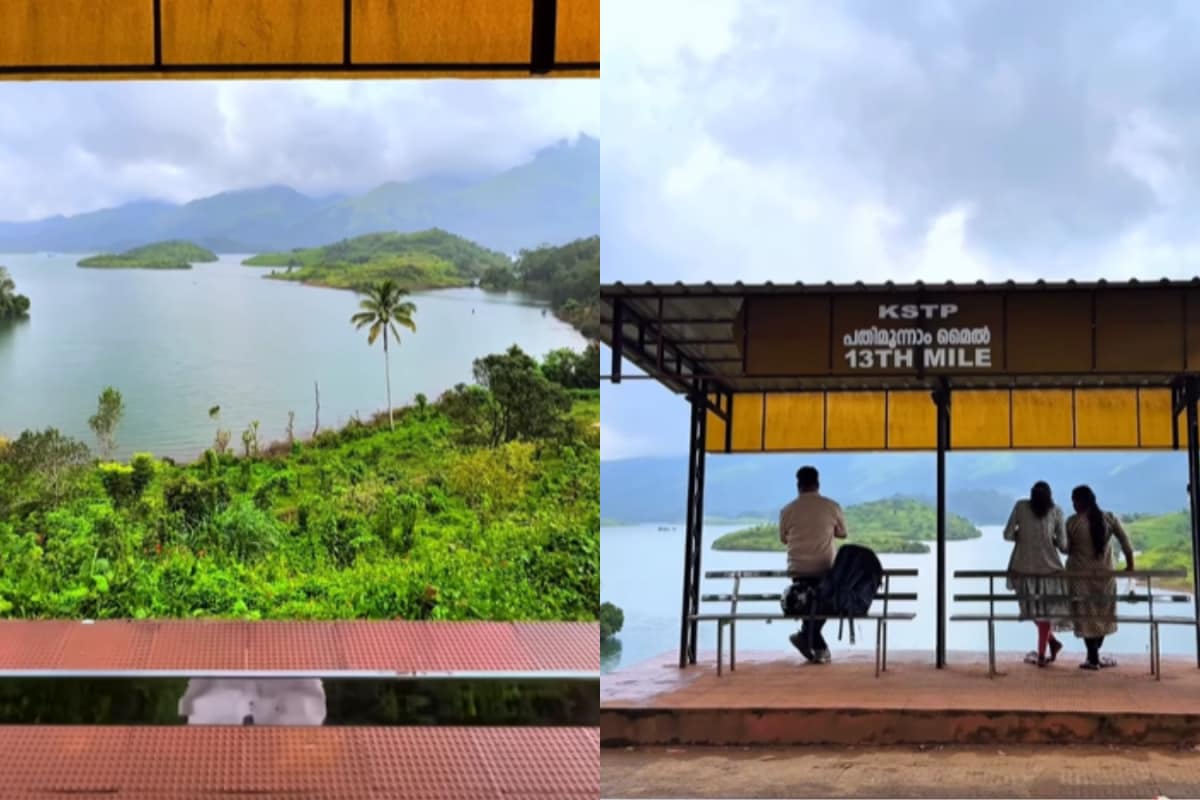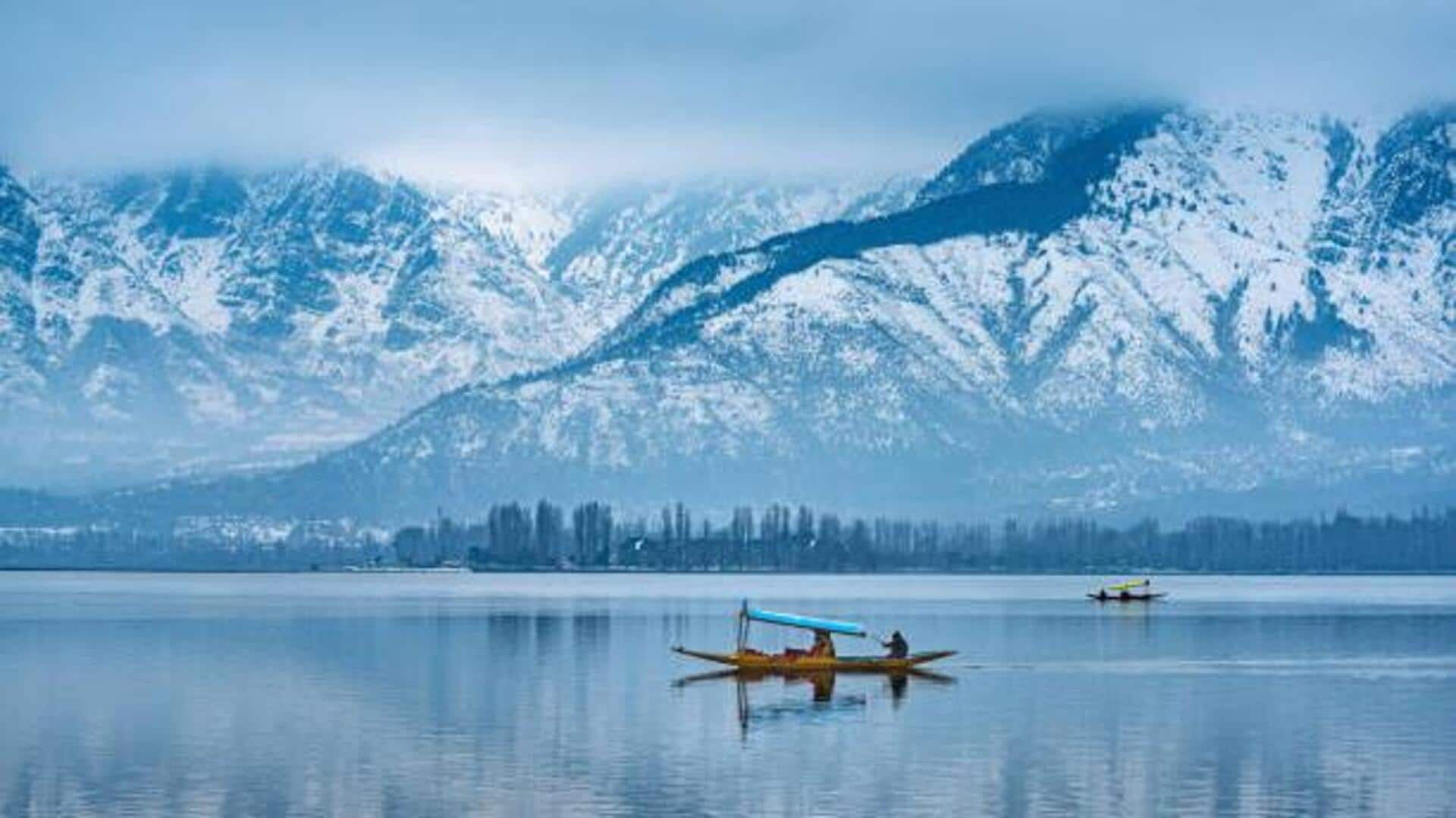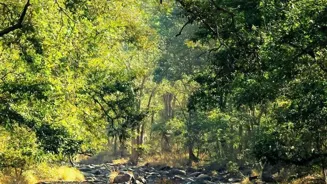Kanha's Unique Charm
Kanha National Park offers a unique blend of scenic beauty and historical significance, setting it apart as a premier destination for wildlife enthusiasts.
The park is celebrated for its diverse ecosystems, supporting a rich array of flora and fauna. Its connection to the 'Jungle Book' adds a layer of mystique, drawing visitors into a realm of natural wonder. Harpreet Singh, head naturalist at Kanha Earth Lodge, shares his insights on why this park is so special and what you should know before visiting.
What to Spot
Kanha National Park is a haven for wildlife, with two endangered species taking center stage: the Royal Bengal tiger, with a population of around 120, and the barasingha (hard-ground swamp deer), the state animal of Madhya Pradesh. Beyond these iconic species, the park is home to a variety of other animals, including chital, sambhar, sloth bears, barking deer, wild dogs, wild boar, and leopards. Visitors may also spot gaur (Indian bison), four-horned antelopes, blue bulls (nilgai), and blackbucks. The park also boasts an impressive avian population, with numerous species of birds adding to the biodiversity.
Decoding Tiger Signs
Experienced guides rely on several clues to predict tiger sightings, including the presence of warning calls. These alerts, triggered by herbivores sensing nearby predators, vary depending on the specific threat. For example, langurs have different calls for leopards and tigers. Pug marks are another key indicator, with fresh marks exhibiting sharp edges that become more blurred over time. Male tiger pug marks are square with oval-shaped front toes, while female pug marks are more rectangular with egg-shaped front toes. Guides use these patterns to identify individual tigers. However, it's essential to remember that wildlife viewing is unpredictable; guides use their extensive knowledge of the forest to enhance the chances of successful sightings.
Best Time to Visit
The optimal time to visit Kanha National Park is during the winter months, from November to March. The park is open from October to June. During the winter, the landscapes are often covered in mist, which makes for amazing photos. The summer months are also viable, even if the temperatures soar. Visibility is better in summer due to the jungle being dry, and animals tend to gather around watering holes. Although summers offer higher chances of tiger sightings, the vibrant colors of the tigers' coats stand out beautifully against the green forest background during winter, while they become more yellowish in summer.
Safari Duration
For a 3-night stay, Harpreet Singh recommends participating in at least three to four safaris to fully appreciate the park's wildlife. However, visitors can opt for five or six safaris to maximize their experience. The number of safaris doesn't guarantee sightings; it is about the correct time, location, and the tracking skills of the guide. Whether one safari is sufficient or if three or four are not, the essence lies in the combination of these factors.
Safari Timings
Kanha National Park offers two daily safaris, one in the morning and another in the evening, with timings varying monthly. Typically, the park is open from sunrise to sunset. Both morning and afternoon safaris present equal opportunities for wildlife sightings. The morning safaris provide more time for exploration than those in the evening. Specific timings are provided for each month, which can assist in planning. Full-day safaris are also available. These are the preferred option for photographers and those seeking a more immersive experience, allowing entry 15 minutes before opening and exit 15 minutes after closing, and unrestricted access to all zones.
Permit & Guide Info
To book your safari, visit the official website, where you can reserve permits. You are allowed to book up to six safaris per month. For Indian visitors, weekday permits cost ₹2,450, while weekend permits are ₹3,050. Foreigners pay almost double these amounts, and fees increase during holidays like Diwali and Christmas. Once you have secured your ticket, you can get a guide at the forest ticket counter. Jeeps can be booked upon arrival at the Gypsy Union counter, which costs ₹3,000. Alternatively, you can be accompanied by naturalists from your hotel for an additional fee.
Kanha's Zones
Kanha National Park is divided into four main tourism zones: Kanha, Kisli, Mukki, and Sarhi. The Kanha and Mukki zones feature meadows and flatlands, while Sarhi has more rocky terrain with mixed forests. Kisli combines elements of all zones, including patches of sal forest and grasslands. All zones offer excellent opportunities for bird watching. Tiger sightings can vary yearly across these zones. For instance, the Kanha zone had excellent tiger sightings in the recent past, with a female and her cubs, while Mukki is currently doing better for tiger sightings.
Kanha Hotel Options
Several hotels offer diverse accommodations, including Kanha Earth Lodge (doubles from ₹24,000), situated near the buffer zone. Other options include the Pugdundee Safaris (doubles from ₹30,000), known for its glamping, the Wild Chalet Resort (doubles from ₹15,000) near the park, and the Singinawa Jungle Lodge (doubles from ₹24,000), offering a wildlife experience. Additionally, there is the Tuli Tiger Resort (doubles from ₹10,000) in Khatia village, providing a mix of rooms, cottages, and tents.
Beyond Jeep Safaris
Besides jeep safaris, there are other options for exploring Kanha. Visitors can opt for guided nature walks, cycling tours, and village visits. The forest department also organizes walks in the buffer area, where human activities occur, offering a different perspective on the environment. A night safari in the buffer area from 7:30 PM to 10:30 PM offers the chance to spot nocturnal animals like porcupines and sloth bears. The Shravan Chita, believed to be the site of Shravan Kumar's pyre, and the Kanha Museum are also worth a visit. To reach the guide, you can send an email to .















